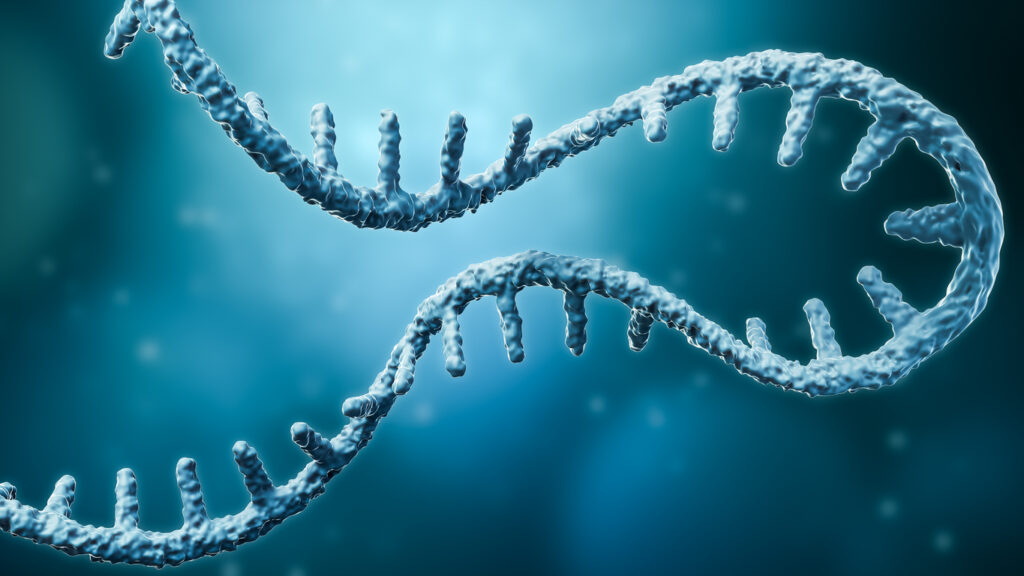lncRNA molecule SNHG26 may play an important pivotal role in guiding skin cells through the stages of wound healing, from an inflammatory stage to a healing phase, according to new research published in Nature Communications.
The study focuses on the molecular processes in wound healing that regulate the transition from inflammation to a proliferative phase. Researchers mapped lncRNA (long non-coding RNA molecules) in human skin wounds in tissue samples also used mouse models to uncover how this molecule interacts with genes involved in inflammation and tissue regeneration.
In mice lacking SNHG26, wound healing was delayed, emphasizing the molecule’s importance in the balance between inflammation and tissue repair, explains Ning Xu Landén, a docent at the Department of Medicine, Solna at the Karolinska Institute in Sweden.
“By targeting SNHG26, we may be able to accelerate healing and reduce complications, particularly in chronic wounds where prolonged inflammation is a major problem,” says Xu Landén in a news release.
Her research group at Karolinska Institutet is studying how healing processes in the skin are controlled by so-called regulatory RNA molecules and microRNA molecules. The researchers will now continue to study how other regulatory RNA molecules are involved in tissue repair, with the aim of developing innovative treatments for hard-to-heal wounds.


